The Taj Mahal was constructed in Mumtaz Mahal’s honour after her tragic death as a representation of the love Shah Jahan bore for her. This exquisite structure serves as a visual reminder of the devotion Shah Jahan, the Mughal ruler, had for his wife Mumtaz Mahal. However, there are still some lesser-known facts regarding the Taj Mahal.
15 Astonishing Facts about the Taj Mahal

1. The Taj Mahal was constructed between 1632 and 1653. The construction of what is now referred to as the “symbol of love” cost close to 32 million rupees for Shah Jahan.

2. The Taj was embellished with over 28 different kinds of precious and semi-precious stones that were sourced from Tibet, China, Sri Lanka, and various regions of India. There are claims that more than 1,000 elephants transported the building supplies.
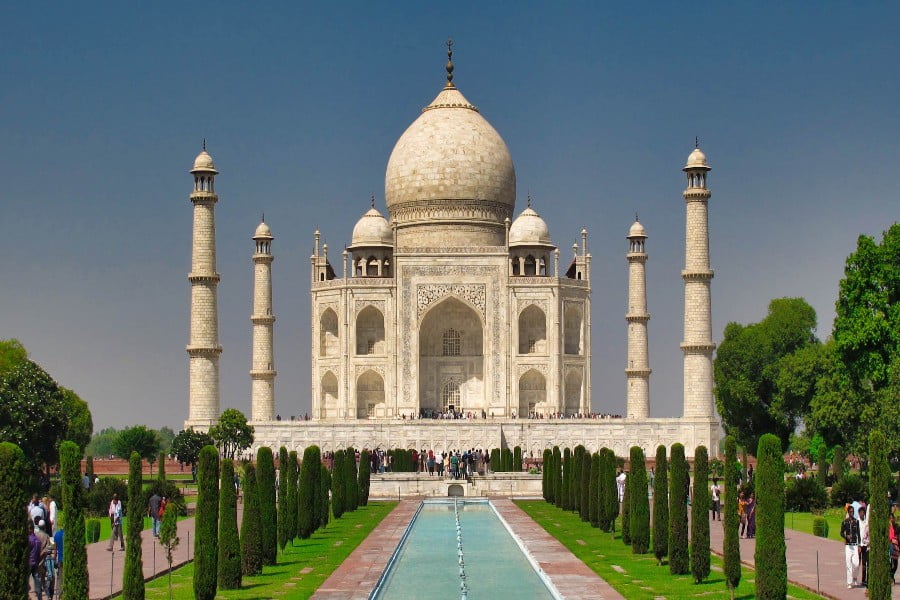
3. The four minarets, or pillars, you would realise are slanted outwards rather than standing straight if you look closely. It was built in this way to prevent the main tomb (gumbad) from being destroyed by minarets falling on it in the event of a natural disaster like an earthquake.

4. The claim that the arms of the craftsmen were severed in order to prevent the construction of another monument of its like is not true. Ustad Ahmad Lahauri, an Iranian Persian who oversaw the architect team for the Taj Mahal, also laid the foundation for the Red Fort.
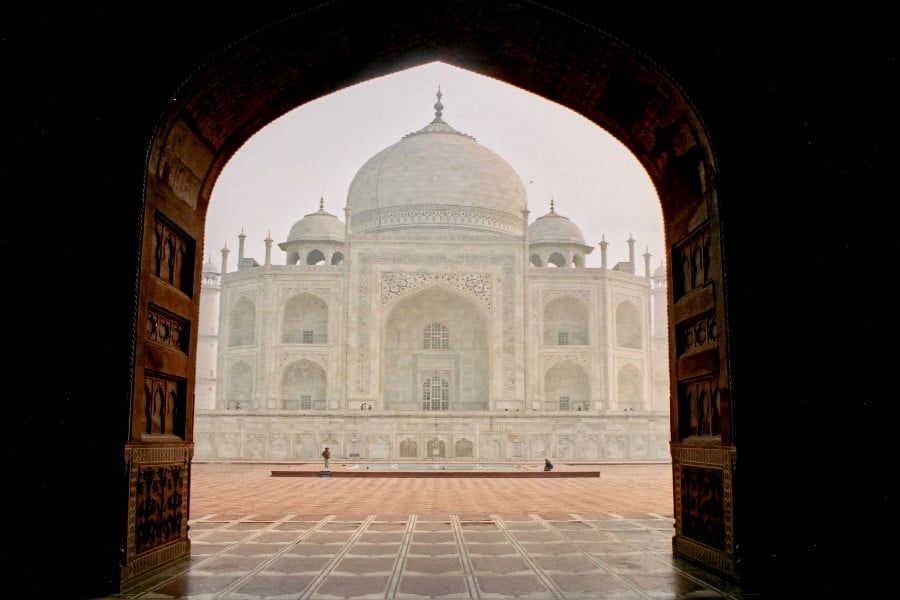
5. If the Taj Mahal hadn’t been built on the Yamuna Bank, its foundation might have collapsed by now. Taj’s base is composed of wood, which isn’t meant to be durable. So it’s easy to see how the wood must have weakened with time, but the Yamuna River has managed to keep it sturdy and moist to this day.
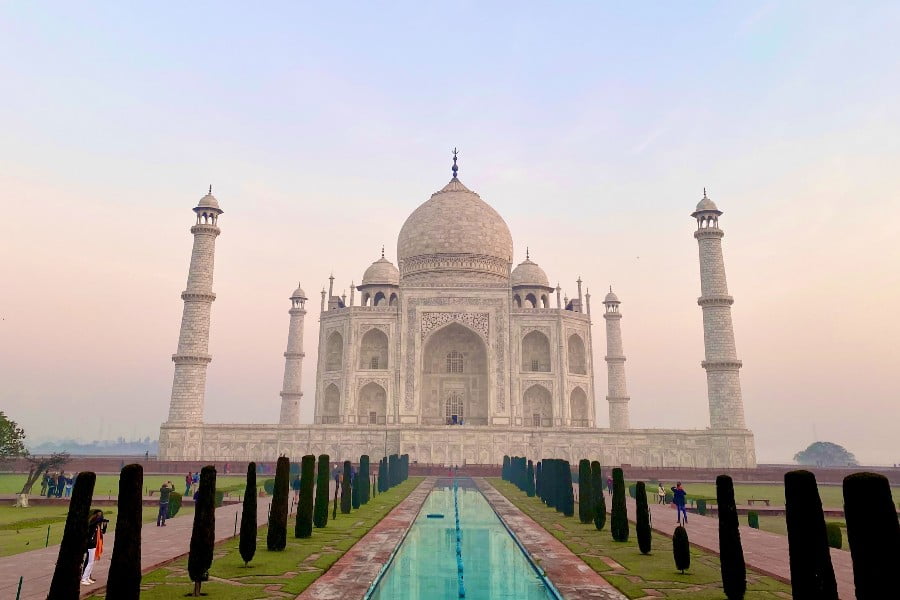
6. Shah Jahan rechristened Arjumand Banu Begum as Mumtaz Mahal following their marriage. The Persian name Mumtaz Mahal translates to “Jewel of the Palace.” Taj Mahal was named after her. In the year 1631, she passed away while giving birth to their 14th child as a result of complications.
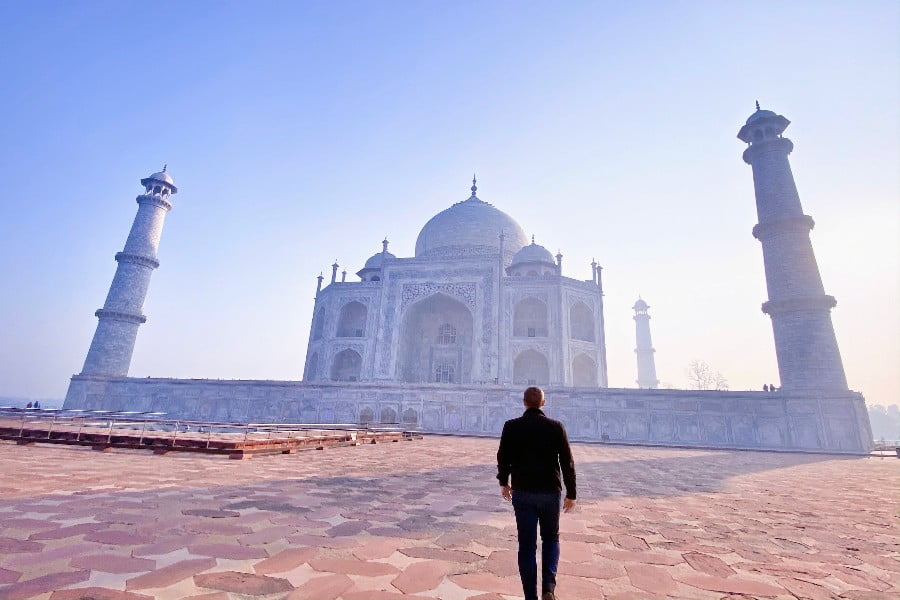
7. Depending on the time of day, the Taj Mahal takes the hue of different colours. It is milky white in the evening, pinkish in the morning, and golden at night when the moon is out.

8. On Mumtaz Mahal’s tomb, there are calligraphic inscriptions that represent the ninety-nine names of Allah.
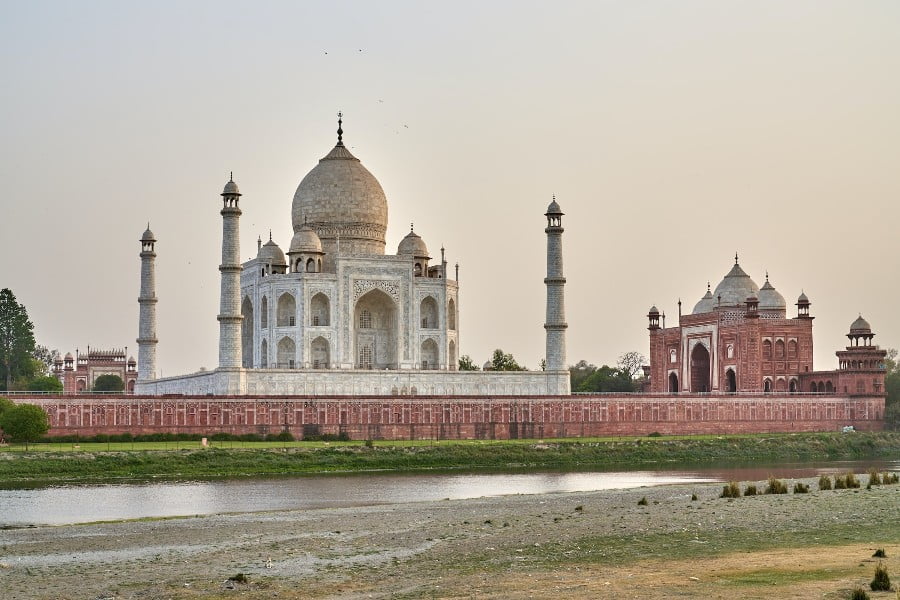
9. The annual number of visitors to the Taj Mahal is equal to the population of a city. Every year, the Taj draws between 2 to 4 million tourists from all around the world, including 200,000 from other countries.
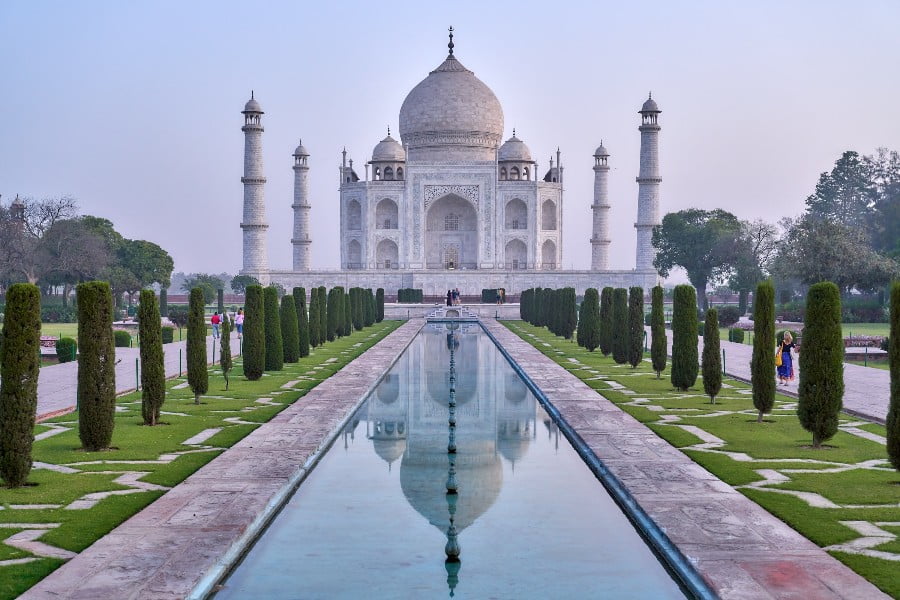
10. Taj Mahal was covered with a stockpile of bamboo to save it from bombers in the 20th century. During the Indo-Pak war of 1971, it was camouflaged with green cloth to protect it.
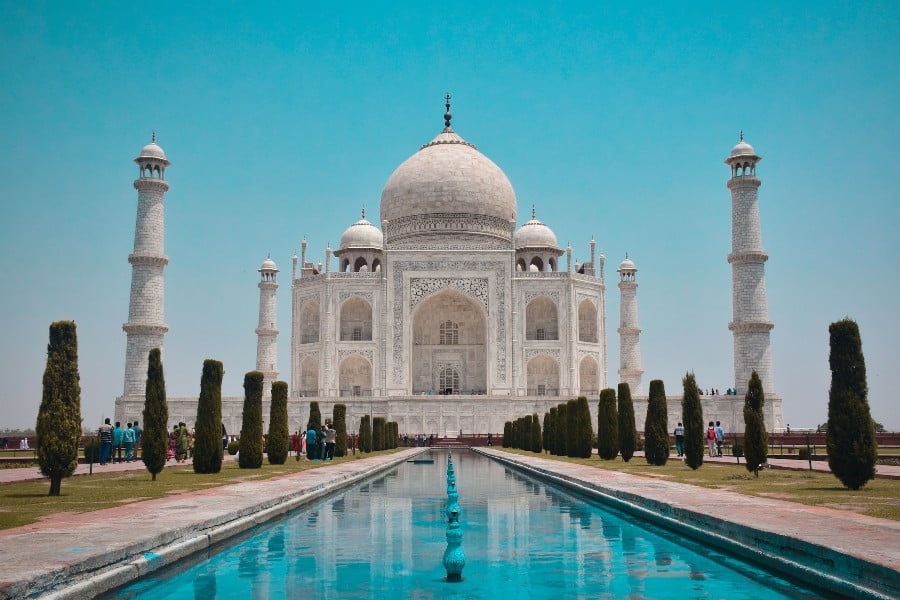
11. Shah Jahan planned to construct a black Taj Mahal as well for himself. On the other side of the river, he started to construct his own tomb, but he was prevented from finishing it when his son Aurangzeb took him captive.
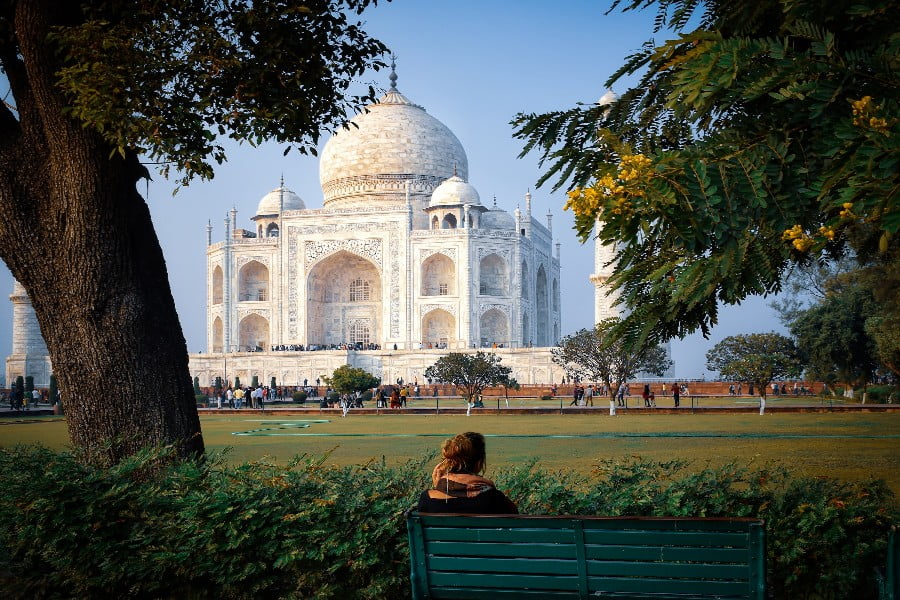
12. The Taj Mahal’s interiors are decorated with holy calligraphy from the holy book “Quran” . Its verses are also inscribed on Mumtaz and Shah Jahan’s tombs.
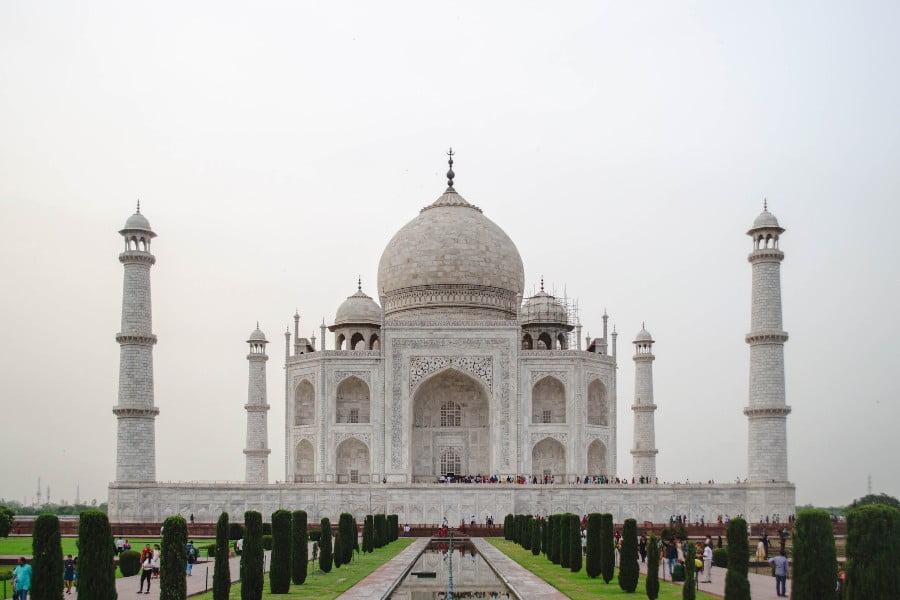
13. The Taj Mahal was supposed to be in Madhya Pradesh. Shah Jahan had envisioned the monument to be erected in Burhanpur, Madhya Pradesh—the city where Mumtaz died–a memorial to his beloved wife. The building had to be moved to Agra, which is now considered a heritage city because sufficient white marble could not be obtained from the planned location in Madhya Pradesh.
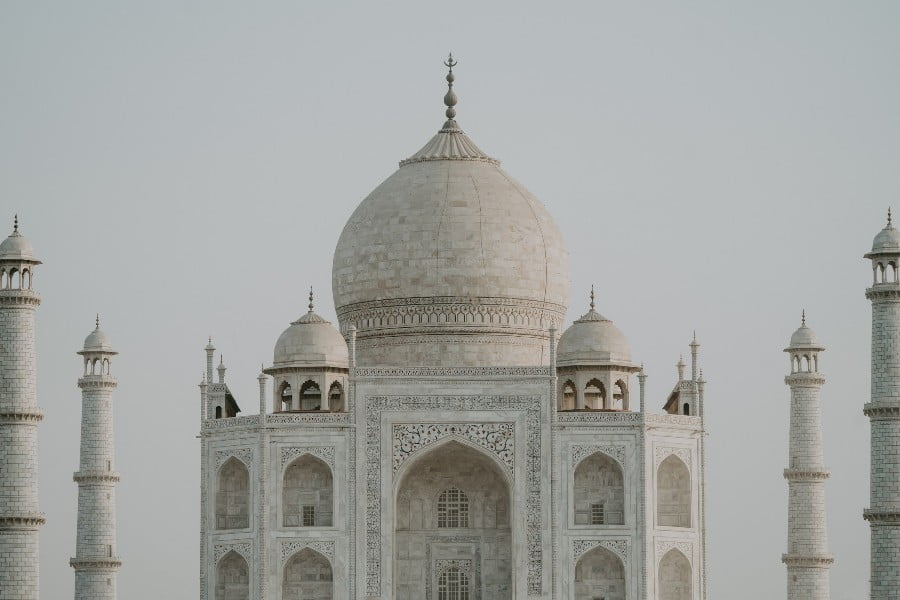
14. Inscriptions and decorations on the tomb are prohibited by Islamic law. Because of this, despite the Taj Mahal’s spectacular front, there is no stucco decoration on the walls of the actual room which houses Mumtaz and Shah Jahan’s tombs.
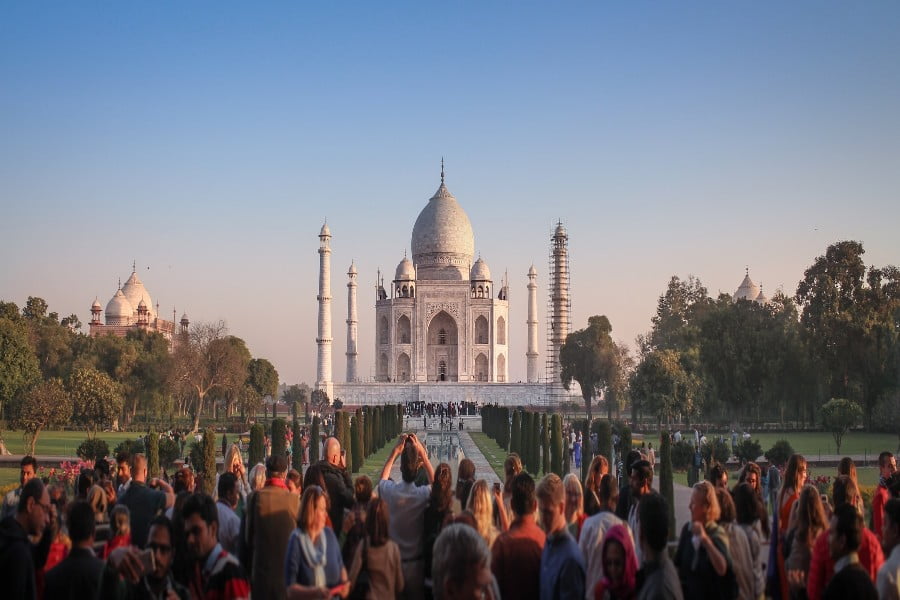
15. Other burials are also interred in the Taj Mahal. The mausoleums include the remains of Shah Jahan’s favourite household helpers (outside the Taj Mahal but in the same complex) and his other wives.
No matter how many times you gaze at the marvel that is Taj Mahal’s architecture, it continues to take your breath away with its magnificence. These facts highlight the emotions that add to its beauty while also exploring the architectural astonishment that this monument is.
Read also – 21 Fun Facts about Lilies